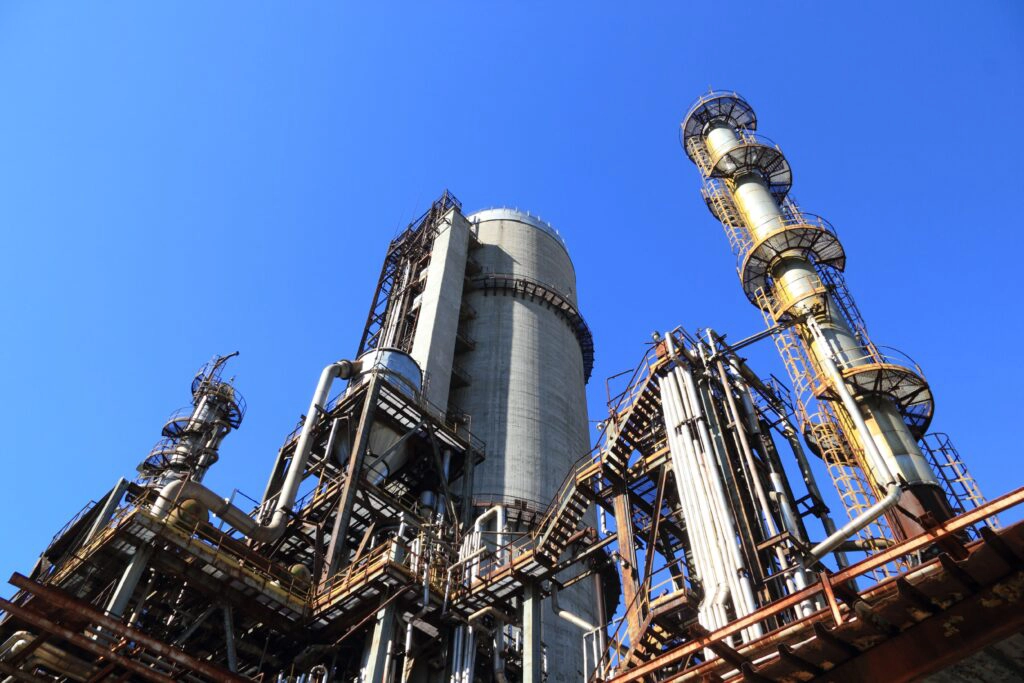
The EPA supports and encourages the beneficial reuse of hazardous secondary materials (HSMs). However, understanding the rules can be challenging. Here’s a simple test. If the HSM is used “as-is” as an ingredient for industrial processes, it is generally not considered waste. In these cases, the material is treated as a raw material, just like any other virgin product, as long as it is used without additional processing.
The best scenario for HSM reuse is when it directly replaces a prime material and has clearly recognizable value. On the other hand, if the HSM undergoes recycling, it is classified as waste unless specifically exempted or excluded under the law. Many of these exclusions are outlined in section 40 of the Code of Federal Regulations (CFR), part 261.4.
It’s important to remember that even minor processing or handling of HSMs that differ from virgin materials could lead to violations of the Resource Conservation and Recovery Act (RCRA). This could have significant consequences. These potential consequences make it crucial to adhere closely to the regulations surrounding the beneficial use of hazardous secondary materials.
By following these guidelines, businesses can safely and responsibly manage HSMs while contributing to sustainability efforts.
